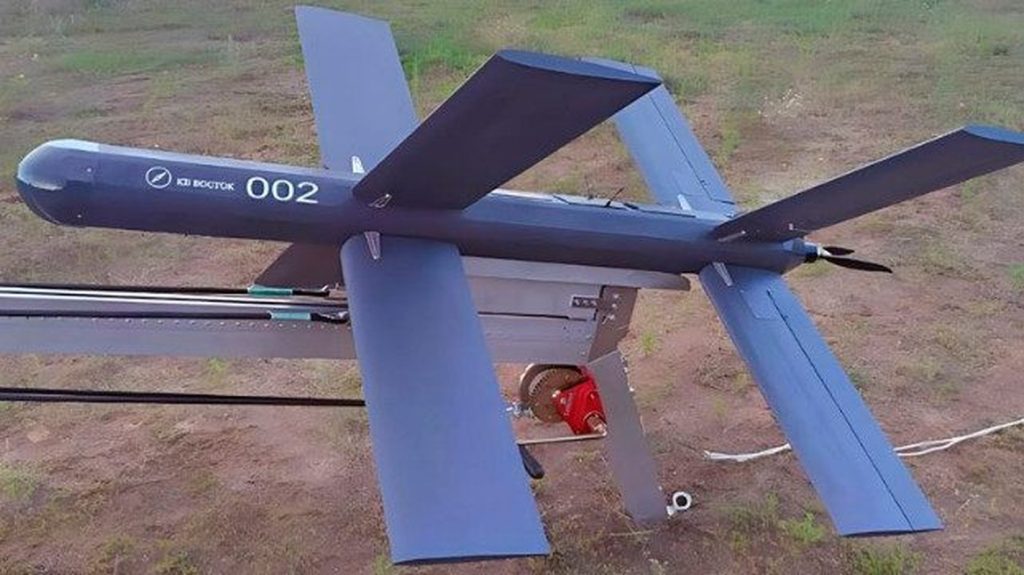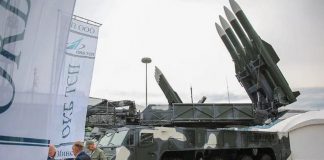Russia began sending the Scalpel UAV to the front line, a weapon considered a low-cost version of the famous Lancet drone, but still maintaining effective attack capabilities.
While the Scalpel may lack a few features compared to the Lancet kamikaze drone, it makes up for it with a more affordable price tag and higher resistance to interference.
“We have started small-scale production of the Scalpel platform; currently, 20 are produced monthly. If necessary, production can be significantly expanded. At the moment, one batch of ‘Scalpels’ in the amount of 15 products has been delivered to the SVO zone,” the manufacturer of the Scalpel drone, Vostok Design Bureau, was quoted as saying.

A single Scalpel drone costs 300 thousand rubles, not including the payload price. Vostok further emphasized that the Scalpel differs significantly from “Lancet” because it has a target-capturing mechanism and a camera. The drone deployment is two months after Vostok Design Bureau conducted the test flights of the brand-new, multi-purpose, single-use platform in early September. At the time, the manufacturer revealed that the drone was meant for combat against Ukraine and would enter mass production by October 2023.
As it stands, the payload weight of this drone is 5 kilograms, with a take-off weight of 10.5 kilograms. It boasts a cruising speed of 120 kilometers per hour, and it can cover a flight range span of 40 kilometers. In the ongoing conflict, suicide attacks have become an essential component of Russian raids. Despite reports in Ukrainian media suggesting that Russia is fast depleting its stock of kamikaze drones, the Russian kamikaze drone attacks have persisted.
In appearance, Lancet and Scalpel have quite similar features. The striking resemblance in design – cross-shaped wings connected to the middle and ends of the fuselage – accompanied by a tail fin, is notable in both models. Interestingly, the operational range of the base models for both drones is also quite similar, at a maximum distance of 40 km. However, it’s important to note that recent improvements have greatly increased the operational range of the Lancet in Russia. Indications suggest that strikes have been carried out on Ukrainian positions from a nearby Russian location some 60-70 km away. Information from the Vostok design bureau indicates that the Scalpel reaches a top speed of 120 km/h. In contrast, the Lancet can achieve more than twice this rate – a remarkable 300 km/h.
It remains uncertain who or what will be on the receiving end of Russia’s new Scalpel weaponry. The impact of the Lancet strike has previously shown significant destructive force whether directed at heavily armored vehicles like SUVs, infantry fighting vehicles, or more significant threats such as self-propelled howitzers and Leopard 2 tanks.
It’s plausible that the cost-efficient Scalpel will be primarily employed against less formidable targets which include transport vehicles like SUVs, trucks, and buggies. Deploying the Lancet against these targets could indeed prove to be a successful strategy, but potentially overkill considering the expense it poses on the Russian economy. Hence, there’s a need for weaponry, such as the Scalpel, that offers destructive capabilities similar to the Lancet, but at a more cost-effective price point.


















